The hidden gems of Australian TV shows that made aussies who they are
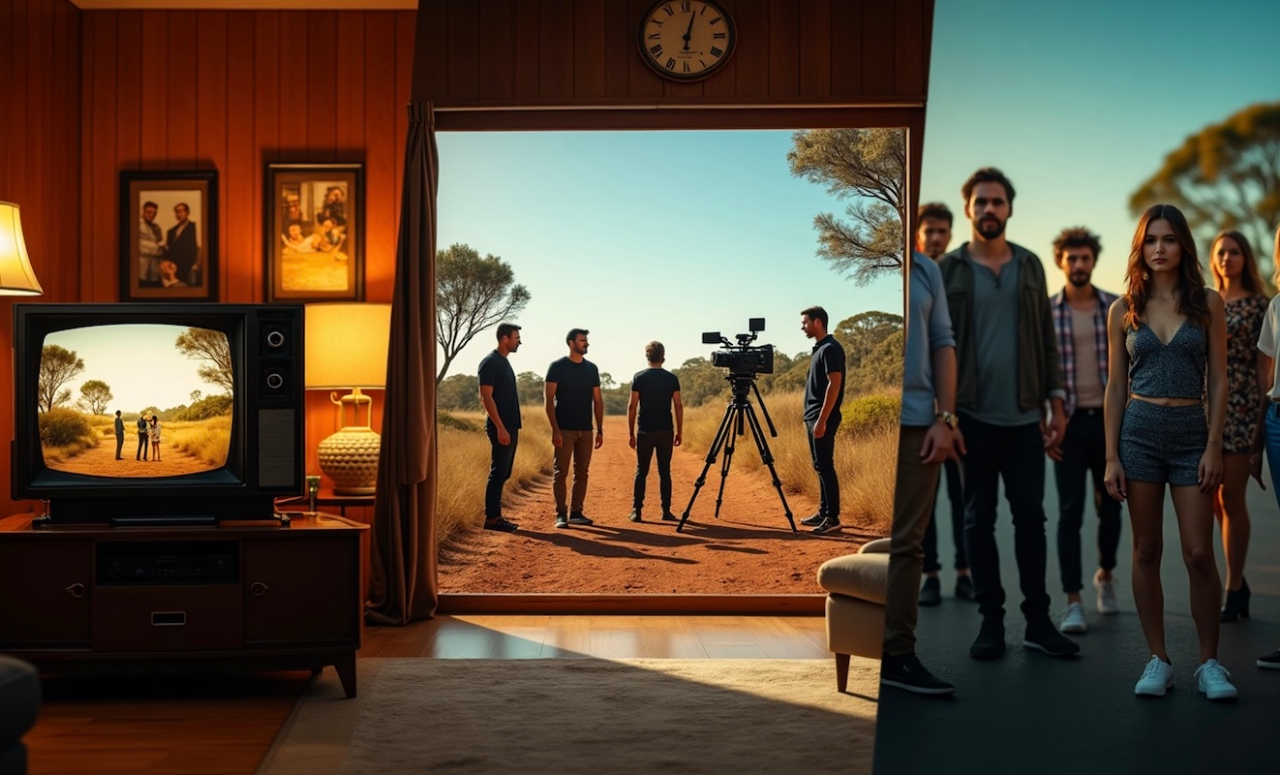
Australian TV shows have built an impressive legacy since 1958. Neighbors stands out with an astounding 7,373 episodes. Home and Away has earned its place as a soaring win. The show holds the record as the most Logies Award-winning programme with 46 awards. These remarkable achievements prove Australia’s storytelling excellence. The country has produced over 200 home-grown dramas throughout its television history.
These series have shaped Australian cultural identity and brought Aussie talent to global audiences. Let’s take a closer look at the stories behind these productions and find how they’ve helped make Australia’s entertainment industry what it is today.
The golden era: How classic Australian shows defined a nation
Down Under TV shows have shaped national identity substantially while entertaining audiences. Early drama series both mirrored and challenged society’s norms with pioneering productions that struck a chord with audiences and redefined the limits of acceptable content. ABC’s research shows that 79% of Australians view their national broadcaster as distinctively Australian and integral to the nation’s identity.
ABC’s Bellbird (1967)
One of the first successful local television soap operas. This show depicted life in a fictional rural town and struck a chord with regional Australia. Its authentic portrayal of people’s concerns about living on the land and the dynamics of small country town life made it special. These early Australian productions achieved remarkable success despite tight budgets and demanding production schedules.
The Revolutionary Number 96 (1972)
The show’s bold tagline “Tonight at 8.30 television loses its virginity!” sparked a cultural phenomenon that rescued Channel 10 from its struggles. Number 96 made history as the world’s first drama series to broadcast five nights weekly during prime time. The show helped shape social attitudes at a vital moment and marked a significant milestone in Australia’s LGBTIQ history.
Prisoner (1979-86)
The show captivated Australian and international audiences with its raw portrayal of life inside a women’s prison. The series featured a strong female cast and well-developed characters. It tackled prison realities head-on, including violence, corruption, and lesbian communities.
From Ramsay Street to global recognition: Australian TV goes international
Australian television made its mark on the world stage with soap operas that captured international audiences. Neighbors became one of Australia’s most successful media exports and reached over 60 countries worldwide. Home and Away proved even more successful by reaching more than 80 countries and expanded to 145 territories throughout its run. Here are some key facts about their success:
Neighbors: before online pokies for real money became a thing, it reached incredible heights in the United Kingdom with a combined viewership of over 21 million viewers in January 1990. The numbers came from both lunchtime debut and teatime repeat, making it the most-watched daytime programme in the UK outside news bulletins.
Home and Away: generated more than $1 billion in export revenue. The show created about 12,890 employee years of full-time equivalent jobs through direct and indirect effects in Australia. Many of Australia’s globally recognised actors started their careers on shows like Home and Away.
Bluey: has emerged as Australia’s newest cultural ambassador, carrying forward the tradition of sharing Australian stories worldwide.
The digital world also shifted when Netflix entered the market. The streaming service captured 10% of the Australian market within three months of its 2015 launch and ended up reaching 32% of households.
Beyond the beaches: Australian TV shows that challenged stereotypes
Australian TV shows have moved past surf and sand clichés to challenge stereotypes and redefine screen representation. The Secret Life of Us (2001-2006) showed twentysomething Melbourne friends as they navigated careers, relationships, and found their place in the world. The series became wildly popular and earned critical acclaim because it showed “a side of ourselves we hadn’t seen much on the small screen before”.
McLeod’s Daughters (2001-2009) brought authentic rural Australian stories to life and drew 1.89 million viewers at its debut. The female-led drama provided “wholesome distraction” from everyday problems and reached audiences in more than 100 countries. Strong women running a cattle station on horseback broke traditional gender roles in rural settings.
The 2022 reboot of Heartbreak High has captured attention for showing people who are “autistic, BIPOC, or LGBTQ+” in an authentic way. The series takes a unique approach to “banal multiculturalism” that makes cultural diversity feel normal and everyday. First Nations language appears “peppered throughout the season and not explained for global viewers”, which centres rather than just integrates diverse viewpoints.
Conclusion
Australian television has proven to be nowhere near just entertainment in the last six decades. Shows like Number 96 and Prisoner challenged social norms and helped build a distinctive cultural voice. These productions shaped Australian life rather than just reflecting it.
Australian television has become a champion of diversity and representation. Screen Australia’s latest figures reveal substantial progress. More shows now showcase First Nations, LGBTIQ+, and multicultural viewpoints. These TV shows demonstrate Australia’s creative spirit and storytelling talent.
The editorial unit








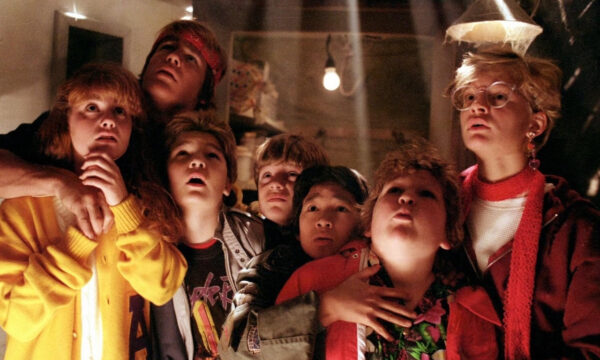
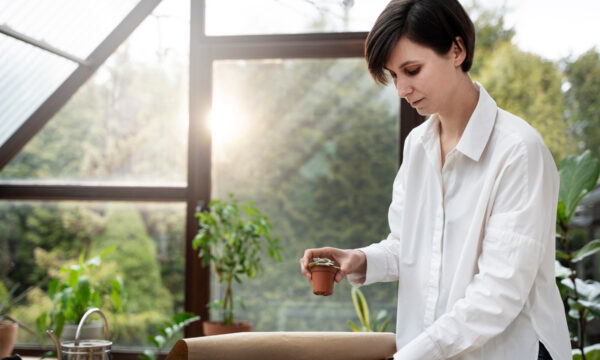

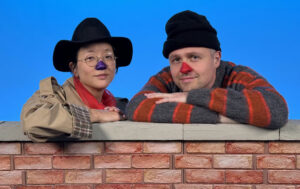

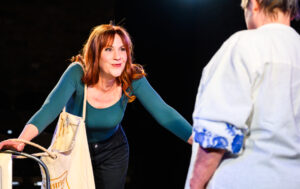
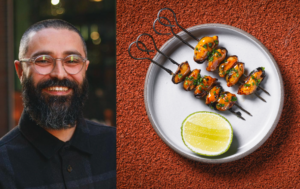


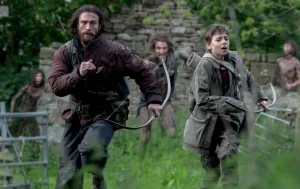






Facebook
Twitter
Instagram
YouTube
RSS